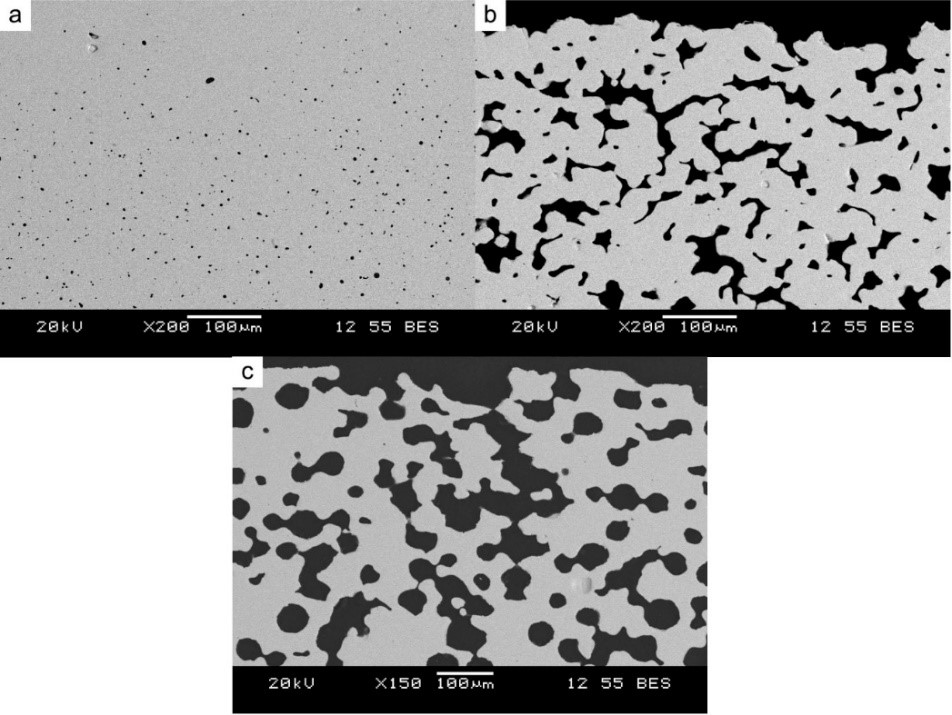High-Temperature Materials
 Open Access
Open Access
ISSN: 3006-9971 (Online)
3006-9963 (Print)
An Official Journal of State Key Laboratory of Refractory Materials and Metallurgy, Wuhan University of Science and Technology
High-Temperature Materials is a peer-reviewed and open-access journal publishing original, high-quality research on all aspects of materials relating to high-temperature processing in science and technology and high-temperature applications in the energy generation, aerospace, metallurgy, chemical and other process industries. It is published quarterly online by SCIEPublish.





















